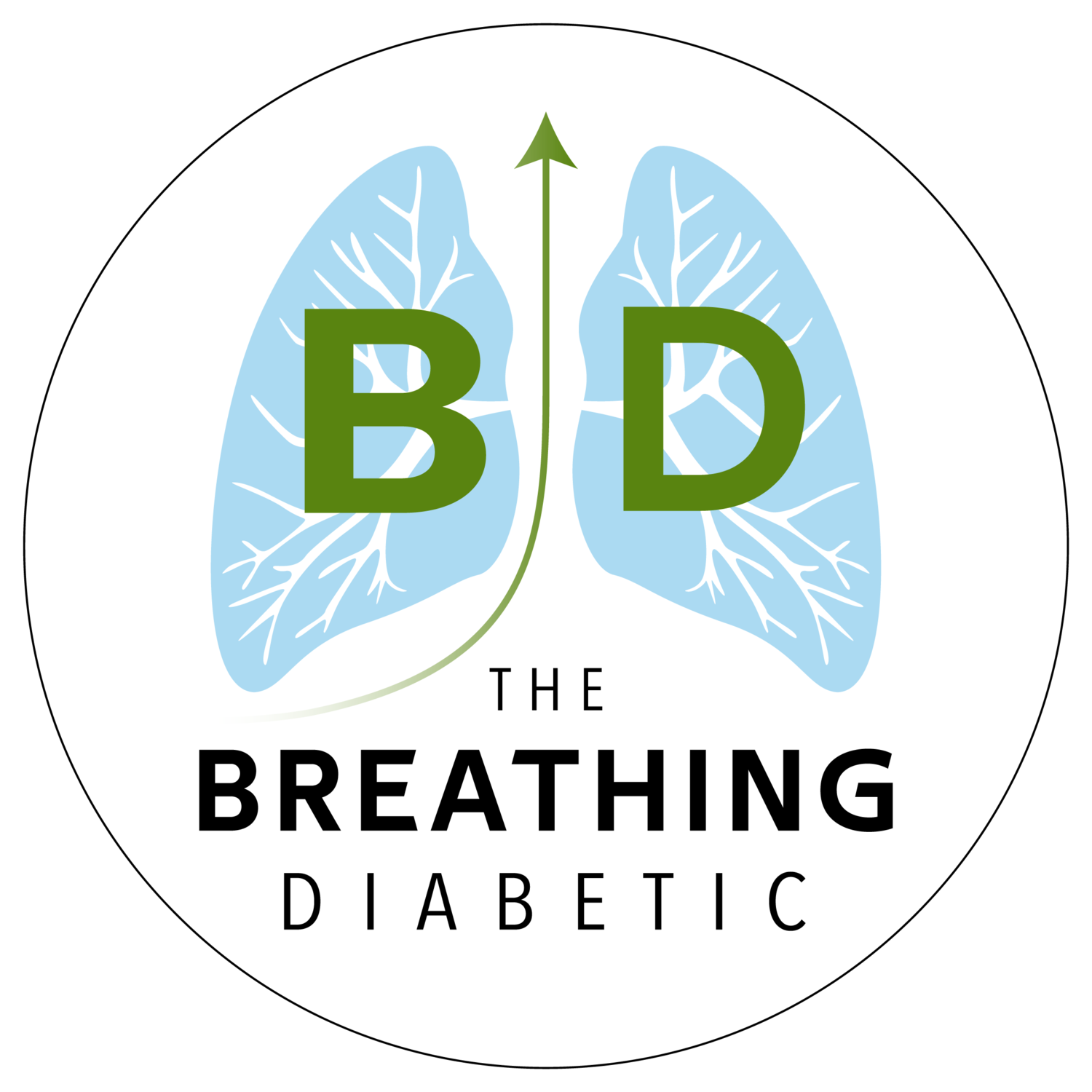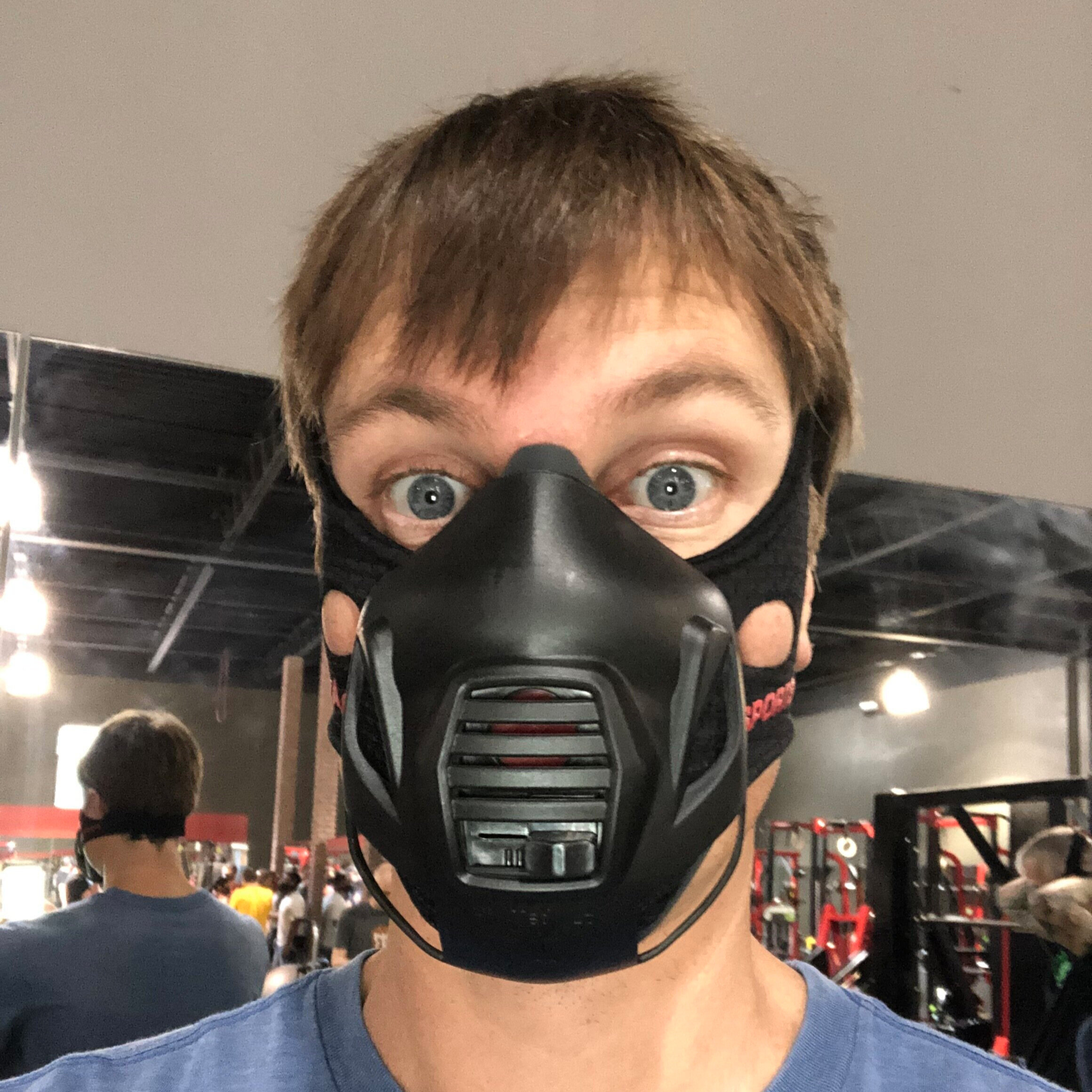Hi everyone,
This week, I want to share a key takeaway from the Oxygen Advantage (OA) teacher training I attended a couple weeks ago.
Patrick McKeown (the founder of OA) is a wealth of knowledge. He’s been researching, applying, and teaching about breathing for nearly 20 years. It’s always an honor to learn from him.
Although I learned a ton, there was one thing that stood out this time: the tongue.
Your tongue should rest on the roof of your mouth, which will open up your airways. If your tongue rests down, it will restrict your breathing.
This is especially important during sleep. But, the only way to keep your tongue on the roof of your mouth during sleep is to make it a habit during the day. (I’m now trying to keep my tongue on the roof of the mouth as much as possible.)
However, knowing this science of tongue placement didn’t actually make me interested. What did was an exercise a physiologist led us through to demonstrate the importance of tongue placement for stability.
Here’s the exercise:
Let your tongue fall off the roof of your mouth.
Now, let your head fall back and look up at the ceiling.
Repeat, but with your tongue pressed against the roof of your mouth.
You should feel more head and neck stability when your tongue is pressed against the roof of your mouth. The physiologist explained how this stabilizes the neck and spine, but most of it was over my head. I just know it worked.
Some others in class noticed that their breathing was significantly easier when their tongue was on the roof of their mouth.
With that in mind, try noticing where your tongue rests throughout the day. Try keeping it pressed against the roof of your mouth. This will help your breathing and stability.
In good breath,
Nick
P.S. One more picture from the training. They say you should never meet your idols, but Patrick (right) never disappoints. In addition to all of his knowledge, he’s just genuinely a nice guy. It was awesome to learn from him again.


